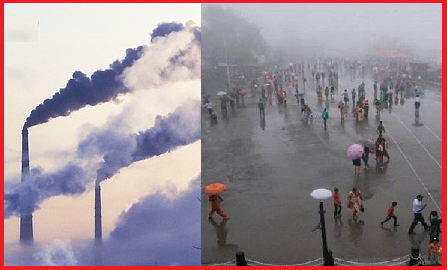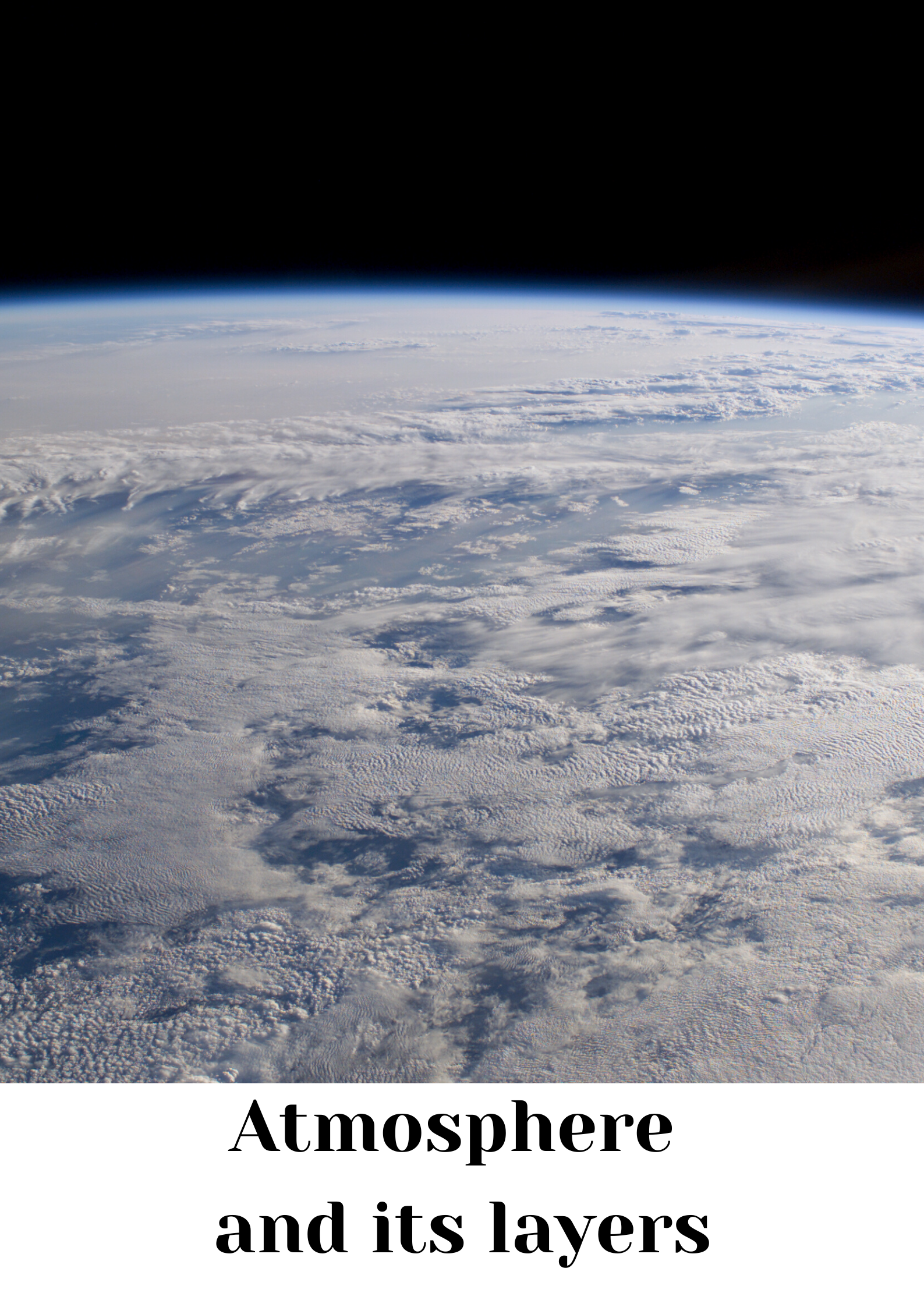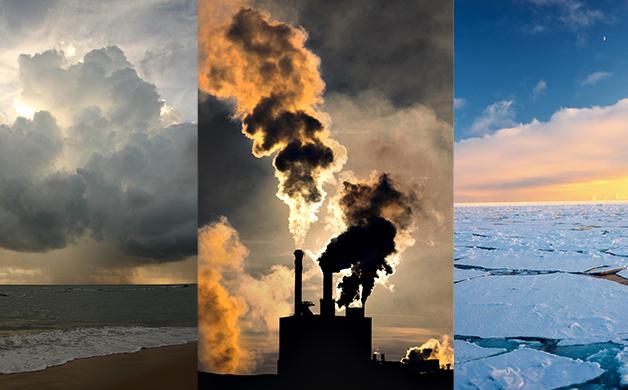Updated By: LatestGKGS Desk
Study Report: Erratic monsoon rainfall in India partly due to air pollution

Study Report: Erratic monsoon rainfall in India partly due to air pollution: Highlights
As per the recent study conducted by scientists from IIT Kanpur, erratic behavior of monsoon rainfall, including the phenomenon of concentrated heavy rainfall on a small number of days in a localized area can be attributed to the rising air pollution, especially the increase in suspended particles in the atmosphere.
The study has found that high pollution levels are not just changing cloud shape and size and depth, but also its microstructure.
Excess aerosols, suspended solid particles like dust, smoke, and industrial effluents in the atmosphere is changing cloud patterns, its shape, size and other properties like temperature, which in turn is resulting in variability in rainfall over Indian sub-continent during monsoon season.
Aerosols are extremely important for cloud formation. In absence of aerosols, no clouds can be formed and consequently, no rainfall will take place. But due to an increase in aerosol content in the atmosphere, there is a direct consequence of rising air pollution interfering with stable cloud formation system and influencing rainfall patterns.
Shortly, these changes in cloud structure and cloud dynamics lead to sharp variability in rainfall, which is similar to rainfall patterns witnessed very often in India in last few years. In the long term, it is likely to lead to overall suppression of rainfall during the monsoon season.


